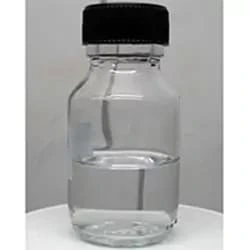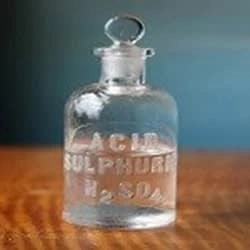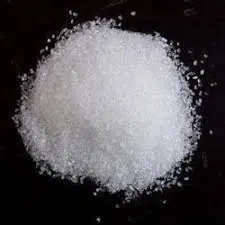Melamine - Indonesia
|
IUPAC Name |
: 1,3,5-Triazine-2,4,6-triamine |
|
Cas Number |
: 108-78-1 |
|
HS Code |
: 29336100 |
|
Formula |
: C3N3(NH2)3 |
Basic Info
|
Appearance Name |
: White Crystalline Powder |
|
Common Names |
: Cyanurotriamide, 1,3,5-Triazine-2,4,6-triamine |
|
Packaging |
: 25 Kg Bag |






